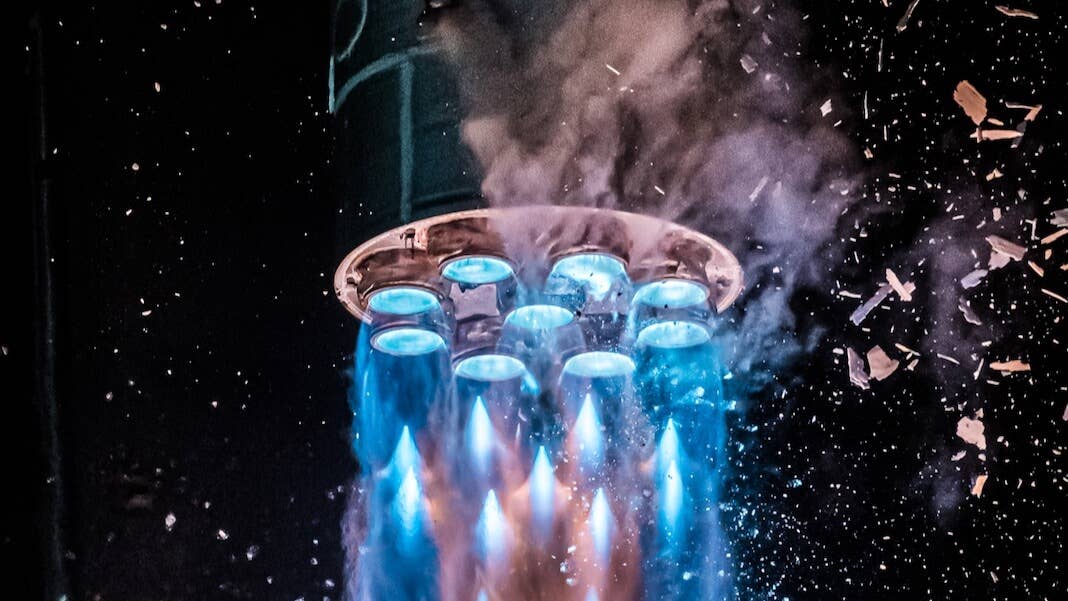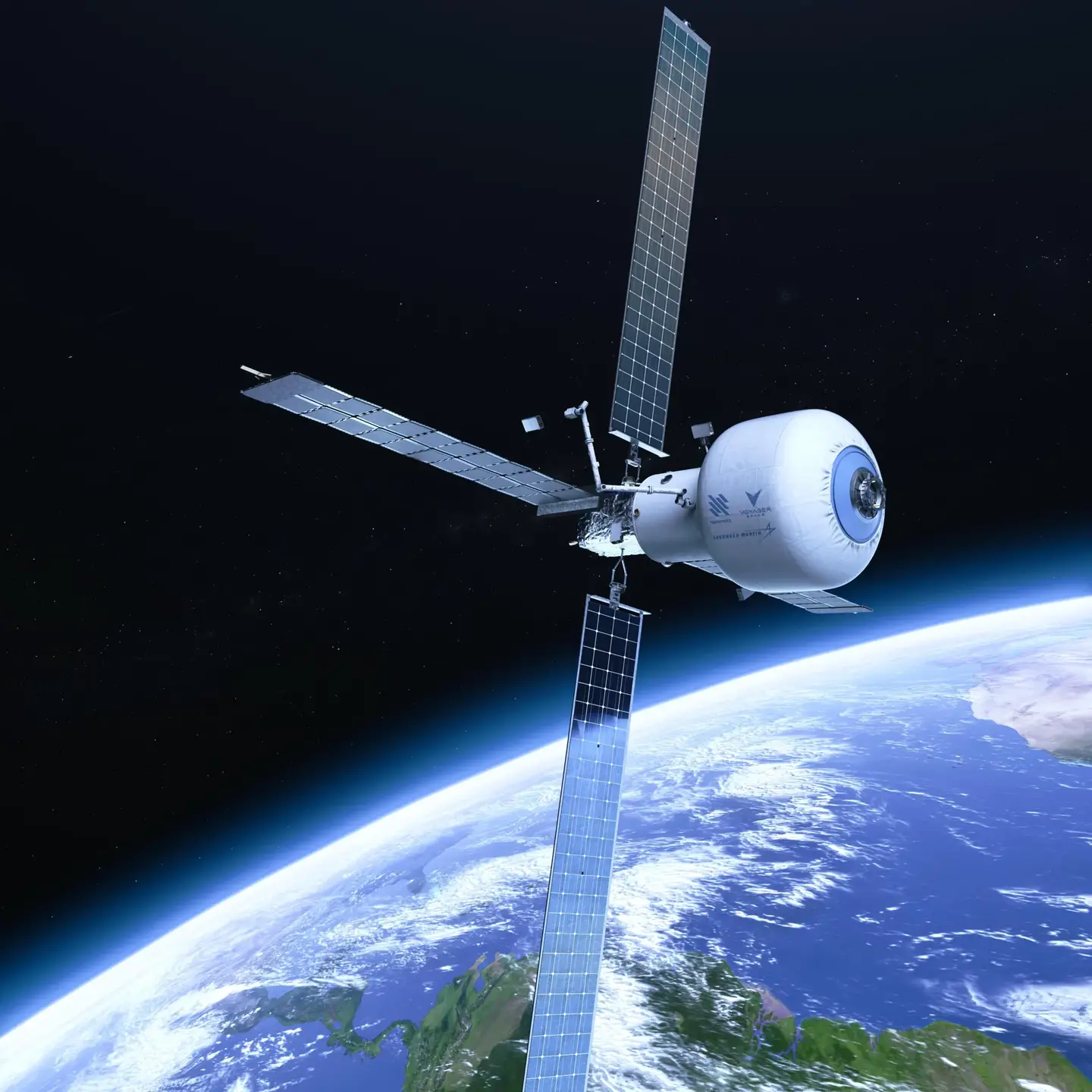The First 3D-Printed Rocket Launch Is a Step Toward Even Greater Access to Space

Share
Reducing the cost of space launches will be critical if we want humanity to have a more permanent presence beyond orbit. The partially successful launch of the first 3D-printed rocket could be a significant step in that direction.
Getting stuff into space is dramatically cheaper than it used to be thanks to a wave of innovation in the private space industry led by SpaceX. More affordable launches have brought on a rapid expansion in access to space and made a host of new space-based applications feasible. But costs are still a major barrier.
That’s largely because rockets are incredibly expensive and difficult to build. A promising way round this is to use 3D printing to simplify the design and manufacturing process. SpaceX has experimented with the idea for years, and the engines on Rocket Lab’s Electron launch vehicle are almost entirely 3D-printed.
But one company wants to take things even further. Relativity Space has built one of the largest metal 3D printers in the world and uses it to fabricate almost all of its Terran 1 rocket. The rocket blasted off for the first time yesterday, and while the launch vehicle didn’t quite make orbit, it survived max-q, or the part of flight when the rocket is subjected to maximum mechanical stress.
“Today is a huge win, with many historic firsts,” the company said in a tweet following the launch. “We successfully made it through max-q, the highest stress state on our printed structures. This is the biggest proof point for our novel additive manufacturing approach.”
This was the company’s third bite at the cherry after two previous launches were called off earlier in the month. The rocket lifted off from a launchpad at the US Space Force’s launch facility in Cape Canaveral, Florida at 8:25 pm (EST) and flew for about three minutes.
Shortly after making it through max-q and the successful separation of the second stage from the booster, the rocket’s engine cut out due to what the company cryptically referred to as “an anomaly,” though it promised to provide updates once flight data has been analyzed.
While that meant Terran 1 didn’t make it into orbit, the launch is nonetheless likely to be seen as a success. It’s fairly common for the first launch of a new rocket to go awry—Space X’s first three launches failed—so getting off the launch pad and passing key milestones like max-q and first stage separation are significant achievements.
This is particularly important for Relativity Space, which is taking a radically different approach to manufacturing its rockets compared to competitors. Prior to the launch, cofounder Tim Ellis said the company’s main goal was to prove the structural integrity of their 3D-printed design.
“We have already proven on the ground what we hope to prove in-flight—that when dynamic pressures and stresses on the vehicle are highest, 3D printed structures can withstand these forces,” he said in a tweet. “This will essentially prove the viability of using additive manufacturing tech to produce products that fly.”
Be Part of the Future
Sign up to receive top stories about groundbreaking technologies and visionary thinkers from SingularityHub.


There is a lot that is novel about Relativity’s design. At present, roughly 85 percent of the structure by mass is 3D-printed, but the company hopes to push that to 95 percent in future iterations. This has allowed Relativity to use 100 times fewer parts than traditional rockets and go from raw materials to a finished product in just 60 days.
The engines also run on a mixture of liquid methane and liquid oxygen, which is the same technology SpaceX is pursuing for its massive Starship rocket. This fuel mix is seen as the most promising for Mars exploration as it can be produced on the red planet itself, eliminating the need to carry fuel for the return journey.
But while the 110-foot-tall Terran 1 can carry up to 2,756 pounds to low-Earth orbit, and Relativity is selling rides on the rocket for around $12 million, it is really a test bed for a more advanced rocket. That rocket, the Terran R, will be 216 feet tall and able to carry 44,000 pounds when it makes it onto the launchpad as early as 2024.
Relativity isn’t the only company working hard to bring 3D printing to the space industry.
California startup, Launcher, has created a satellite platform called Orbiter that’s powered by 3D-printed rocket engines, and Colorado-based Ursa Major is 3D printing rocket engines it hopes others will use in their vehicles. At the same time, UK-based Orbex is using metal 3D printers from German manufacturer EOS to manufacture entire rockets.
Now that 3D-printed rockets have passed their first true test and made it into space, don’t be surprised to see more companies following in the footsteps of these early pioneers.
Image Credit: Relativity Space
Related Articles

The Era of Private Space Stations Launches in 2026

Data Centers in Space: Will 2027 Really Be the Year AI Goes to Orbit?

Scientists Say We Need a Circular Space Economy to Avoid Trashing Orbit
What we’re reading
